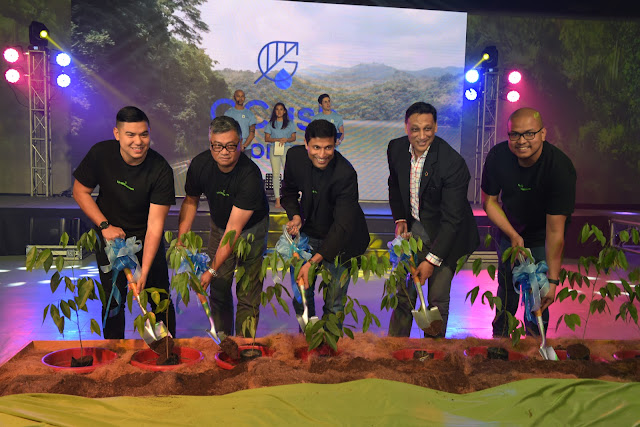In order to ferry more health workers to and from hospitals during the implementation of the Enhanced Community Quarantine, the Department of Transportatkon (DOTr) announced yesterday, 26 March 2020, that its Free Bus Service Program has been expanded to eighteen (18) routes, from only three (3) routes during its initial implementation on March 18.
Buses are deployed daily to pick-up and drop off health workers at their designated hospitals at 5:00 AM, 7:00 AM, 1:00 PM, 3:00 PM, 5:00 PM, and 7:00 PM.
This initiative is in line with the instruction of DOTr Secretary Arthur Tugade to road sector officials to ensure the transportation of frontline health workers amid the country’s fight against the spread of the coronavirus disease 2019 (COVID-19).
The Free Bus Service program is not just for doctors and nurses. Hospital workers such as administration personnel, utility workers, security officers, and pharmacists will also be ferried by the buses.
Here are the two (2) new routes added to the free ride for health workers program:
North East Area
ROUTE 17
SM City SJDM*
North Caloocan Doctors Hospital
Dr. Jose N. Rodriguez Memorial (Caloocan)
Bagong Silang Market
National Center for Mental Health (Camarin)
Caloocan City North Medical Center
Almar Market
Novaliches Market/Queensberry Hospital
Bernardino General Hospital II
SM Fairview/Commonwealth Hospital & MC*
South West Area
ROUTE 18
Robinsons Place General Trias/Divine Grace Medical Center
San Pedro Calungsod Medical Center (Kawit)*
Binakayan Hospital and Medical Center.
St. Dominic Medical Center (Bacoor)
PITX*
Baclaran Market*
*Pick-up/transfer points
For the period March 18-25 2020, the program has already deployed 106 buses, and was able to cater to 1,402 health workers.
The program likewise complies strictly with containment protocols set by the Department of Health such as the observance of physical distancing, body temperature checks, and the regular disinfection of vehicles.
The DOTr Free Ride for Health Workers Program was made possible with the efforts and cooperation of the Office of the President, House of Representatives, Supreme Court, Office of the Solicitor General, Court of Appeals, Sandiganbayan, Department of Health (DOH), Department of Public Works and Highways (DPWH), Department of Interior and Local Government (DILG), Department of Environment and Natural Resources (DENR), Department of Trade and Industry (DTI), Metropolitan Manila Development Authority (MMDA), Land Transportation Office (LTO), Land Transportation Franchising and Regulatory Board (LTFRB), Philippine Coast Guard (PCG), Philippine National Police (PNP), Armed Forces of the Philippines (AFP), Intellectual Property Office of the Philippines, and the Inter-Agency Council for Traffic (I-ACT).
It is also made successful with the help and cooperation of private companies such as HM Transport, San Agustin, MetroExpress, RRCG, Megaworld Corp. (Citilink), Precious Grace, Grace Transport, Ceres, Jac Liner, Dagupan Bus, St. Rose Transit, Hafti Transport, Jasper Jean, Pascual, Hi-Star, Pamana, Ube Express, G-Liner, Thelman Transit, Manrose, Pilipinas Autogroup, Beep, Star 8 and automotive company Foton.

























 Ross is known as the Pambansang Blogger ng Pilipinas - An Information and Communication Technology (ICT) Professional by profession and a Social Media Evangelist by heart.
Ross is known as the Pambansang Blogger ng Pilipinas - An Information and Communication Technology (ICT) Professional by profession and a Social Media Evangelist by heart.







